We’re excited to introduce you to the always interesting and insightful Majora Carter. We hope you’ll enjoy our conversation with Majora below.
Majora, appreciate you joining us today. So let’s jump to your mission – what’s the backstory behind how you developed the mission that drives your brand?
I come from the South Bronx and I am often asked to work or visit places like in cities across America and around the world. They are usually described as “poor”, “underprivileged” etc but I refer to these places as “Low-Status” communities. These are the places where income, educational attainment, quality of schools, health stats, and criminal justice involvement are all worse than in other parts of the same town. They are places where inequality is assumed. Government, philanthropy and the private sector have informally conspired over the past several decades to create a non-profit industrial complex that manages poverty, but never solves anything.
I took some experiences in consulting for corporations like Whole Foods and Fresh Direct and brought them to my community development work. Chiefly, Talent-Retention stuck out as an area where the non-profit industrial complex was going in the wrong direction. People from low-status communities are taught to measure their success by how far they get away from where they are from. They encourage Talent Extraction and that leaves these places worse off each time a successful person migrates out – taking their consumer spending, day to day example, and long term financial acumen with them.
The commercial landscape in these places is loaded with pharmacies, health clinics, liquor stores, fast food chains, dollar stores and other types of commercial or housing development such as pawn shops and check cashing stores and federally subsidized housing for exclusively low-income people. This can be referred to as “talent repulsion”. If you look at highly functioning communities, they all have cafes, bars, and restaurants where people can go to get away from home and work to be in public, informally together and they see value in spending time in their own neighborhoods because it feels good to be there.
That’s why we built a culturally reflective (hip hop) cafe with super high quality drinks and a great vibe to just hang out in and maybe meet someone.
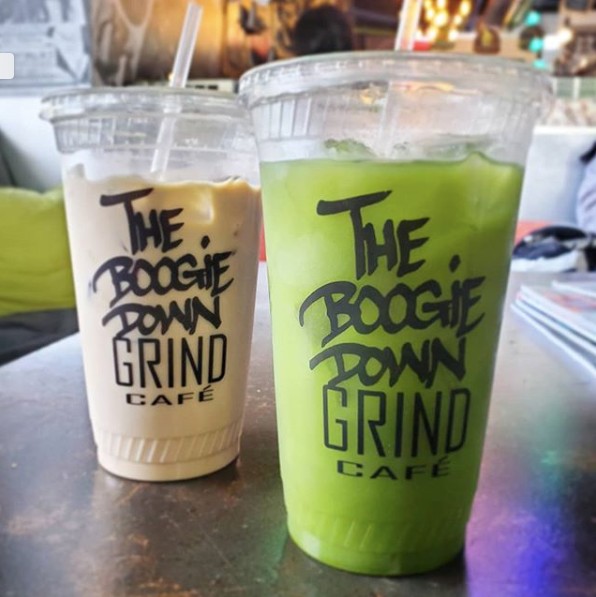
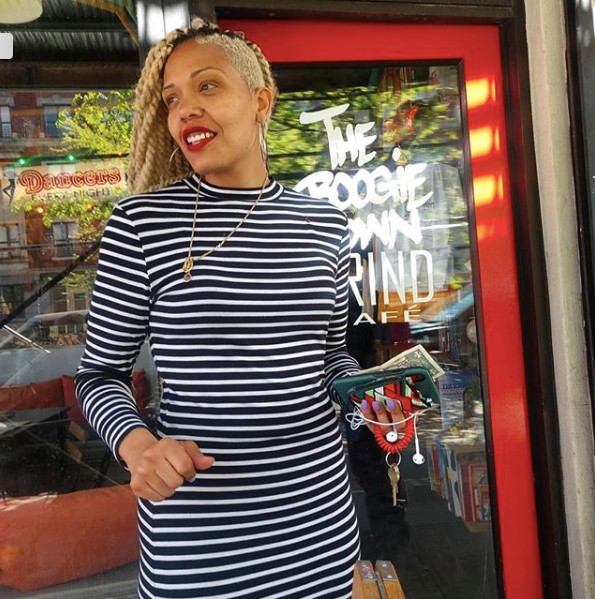
Majora, before we move on to more of these sorts of questions, can you take some time to bring our readers up to speed on you and what you do?
I was like a lot of people from low-status communities like the South Bronx, in that I was taught to measure success by how far I got away from where I was from. It’s more commonly known as “brain-drain”. I was living at my parents home while at graduate school which I considered a personal defeat at the time. But while I was there, I learned a bit more about the environmental inequality we had experienced (trucking, highways, power plants, waste handling sites) and I thought I could take a crack at it. The opposite of brain-drain is talent-retention. How could we make the area more attractive so that more people would want to stay longer? After multiple award winning projects to improve the local environment through public art, tree plantings, new parks, greenways and more, I saw that people still mostly left if they could.
So I turned my attention to the commercial part of the built environment and how “3rd spaces” influenced social cohesion, informal mentorship, and just a general level of joy that was missing from our community.
My first foray into this commercial talent-retention lane was the Boogie Down Grind: a curated hip hop experience celebrating community and culture.
We sell top quality coffees, teas, local beers, sangria and little dishes to eat – but mostly we provide experience. It’s an immersive decor with hip hop and 1980s urban all over the place. People come here for the environment we have created which is unique anywhere, but especially here
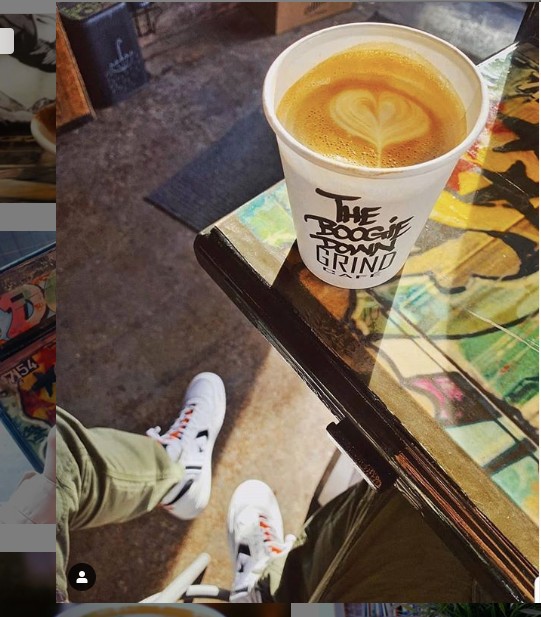
Can you share a story from your journey that illustrates your resilience?
see this video: https://a002-vod.nyc.gov/html/
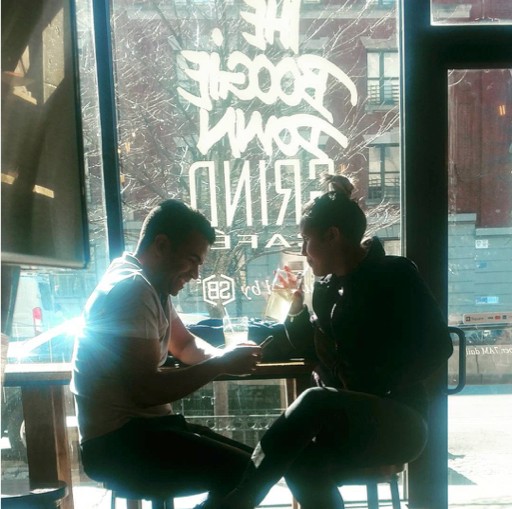
We’d love to hear the story of how you built up your social media audience?
We did all the usual social media things, posted cool and lame videos, photos, comments on other pics, images of our menu items, events at our spot, etc. For a while we worked with a wonderful social media consultant who grew our instagram followers. They plateaued at 14k but never really translated to revenue.
Mostly it seems like you have to post every day, no matter what, and always couple it with in-app purchase opportunities or it just evaporates with everything else. We are no experts, and we depend more on IRL experiences–which are awesome!
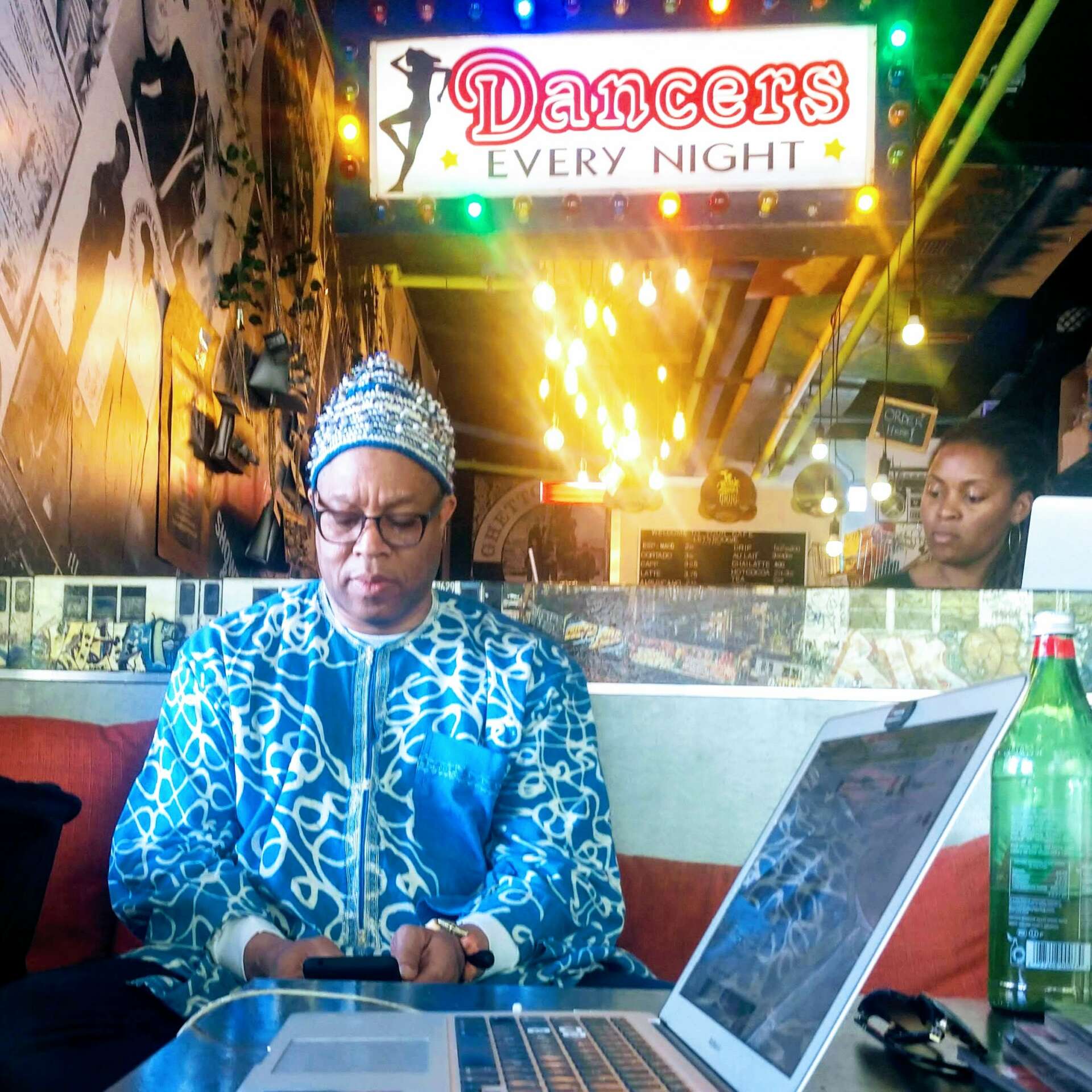
Contact Info:
- Website: majoracartergroup.com, boogiedowngrind.com
- Instagram: @boogiedowngrind
- Linkedin: https://www.linkedin.com/in/majora-carter-8649529/
- Yelp: https://www.yelp.com/biz/the-boogie-down-grind-bronx
- Other: https://www.ted.com/talks/majora_carter_you_don_t_have_to_leave_your_neighborhood_to_live_in_a_better_one?language=en
Image Credits
Boogie Down Grind


